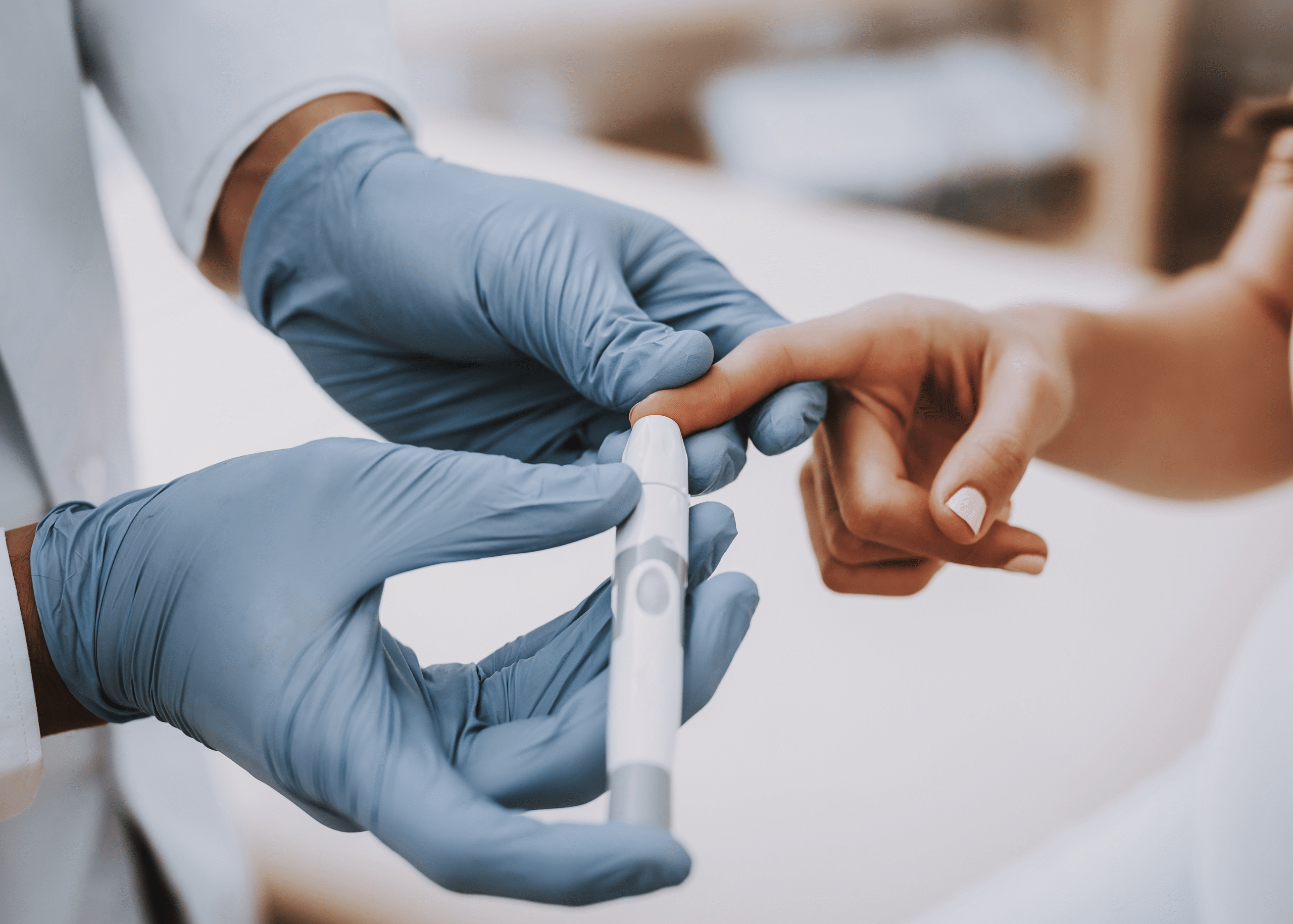What is Peripheral Arterial Disease?
Peripheral Arterial Disease (PAD), also known as peripheral vascular disease (PVD), is a condition where there is a build-up of fatty deposits in the arteries which restricts blood supply to the legs.
The relationship between diabetes and PAD
Many people with PAD have no symptoms. However, some patients develop a painful ache in their legs when active, which usually disappears after some time to rest. PAD raises your risk for diabetes, and diabetes raises your chances of developing PAD. So, it is important to carefully monitor symptoms of the two.
Diabetes is a condition that causes a person’s blood sugar level to become too high, due to problems with the production of insulin. About 20%-30% of people diagnosed with PAD also have diabetes. Diabetes not only raises your risk of getting PAD, it also can worsen symptoms and bring them on more quickly.
PAD diagnosis and treatment
While Peripheral Arterial Disease is not immediately life-threatening, the process of atherosclerosis that causes it increases your risk of serious and potentially fatal problems such as cardiovascular disease (coronary heart disease, stroke, heart attack, angina) and critical limb ischaemia (CLI).
Timely diagnosis and treatment is extremely important. An angioplasty or bypass graft is usually recommended if you have CLI -although these are not always possible. In a few cases, an amputation below the knee may be required. It is often that at this point we are contacted by clients to investigate potential medical negligence claims.
How to ease the symptoms of PAD
If you‘re diagnosed with diabetes and PAD, maintaining a healthy lifestyle can ease the symptoms of PAD and reduce the chances of it getting worse. Stopping smoking, eating a healthy diet, exercise, weight control, as well as managing your blood sugar levels can all help. You should receive support from your medical team in managing your diabetes and it’s important to attend your diabetic checks.
You should also maintain good foot care and report any new skin breakdown on the feet, immediately to your treating clinician for an urgent diabetic patient referral to a multidisciplinary foot clinic.

